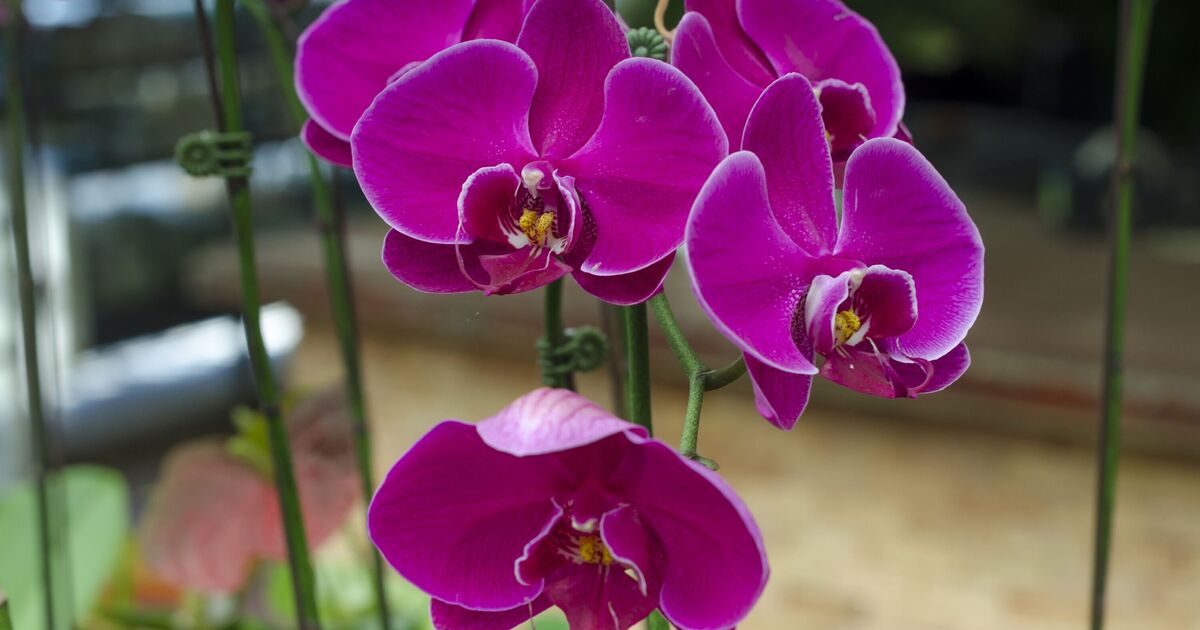Orchids, with their vibrant and stunning flowers, are a favourite among houseplant enthusiasts, but they’re notorious for being a bit finicky when it comes to blooming.
Yet, with the proper care and conditions, these houseplants can flourish, reblooming for many years.
One gardener, puzzled as to why their orchid hadn’t produced flowers in “a very long time” and only seemed to “grow new leaves” sought advice on the Orchids Tips and Tricks forum.
Randee Berg shared photos of his bloomless orchid, writing: “Hasn’t flowered in a very long time. Just keeps growing new leaves.”
“I talk to it, clean the leaves, water once a week. I want a flower. Anything to help it along?”
Fellow group members suggested that what Randee’s orchid really needed was a change in temperature to trigger flowering.
Clashen Vaandrager Dickson advised: “Mine never bloomed until I had them outside where they experienced a drop in temperature.”
Linda Moys commented: “It looks very healthy. Make sure night temperatures drop significantly for four weeks or so and you’ll get your flowering spike. Good Luck.”
Joe Rodrigues chimed in: “Phalaenopsis orchids need a cooling down period to spike. 39 out 40 of my Phalaenopsis are in spike or bloom except one.”
Kathleen O’Grady said: “I’ve read that it likes if the temperature drops at night which is what I do in my house and mine bloom all the time.”
Cece Jay agreed but suggested an additional aid: “Agree with temp drop, but I also suggest adding grow lights. I added two grow lights and five of my nine orchids have grown new spikes and buds.
“One of them has not bloomed in over a year. The only change I made was grow lights.”
The green-fingered specialists at rePotme highlight that cooler nocturnal temperatures are a blooming trigger for orchids.
Their advice to plant owners is: “Because orchids bloom according to natural seasons, they will typically respond to changes in ambient temperature. When they sense that temperatures are cooling down in the evening, they begin their blooming cycle.
“To encourage this, move your orchid to an environment where nighttime temperatures naturally drop a bit.”
For those lacking a suitably chilly spot, the experts recommend popping your plant on a windowsill, or simply dialling down the thermostat a smidge when the evening hits.












